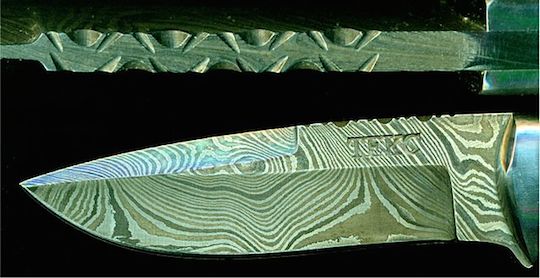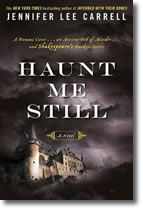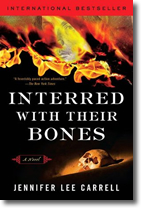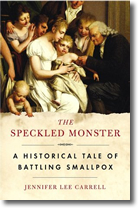It gleamed darkly, a pattern of whorls in the steel catching the strange gray light, so that the blade seemed to ripple and undulate almost as if it were alive.
—Haunt Me Still
A modern pattern-welded blade
Forged by Trail’s End Knife Company, Collinsville, OK
Image from Wikimedia Commons, CC0
While studying Old Norse and Anglo-Saxon at Oxford, I read Hilda Ellis Davidson’s The Sword in Anglo-Saxon England and found it as gripping as a thriller. I’ve been fascinated by pattern-welded blades ever since.
In recent years, modern smiths have re-learned how to forge such blades. Some swordsmiths whose work I especially admire are:
- Jake Powning
- Rob Miller of Castle Keep, on the Isle of Skye
- Peter Johnsson
- Owen Bush
- and David DelaGardelle and Andy Davis, once of the MAD Dwarf Workshop, now of Cedarlore Forge and A. Davis Metalworx
There are other fine swordsmiths out there. A good place to start looking is:
Forging a Pattern-Welded Blade








